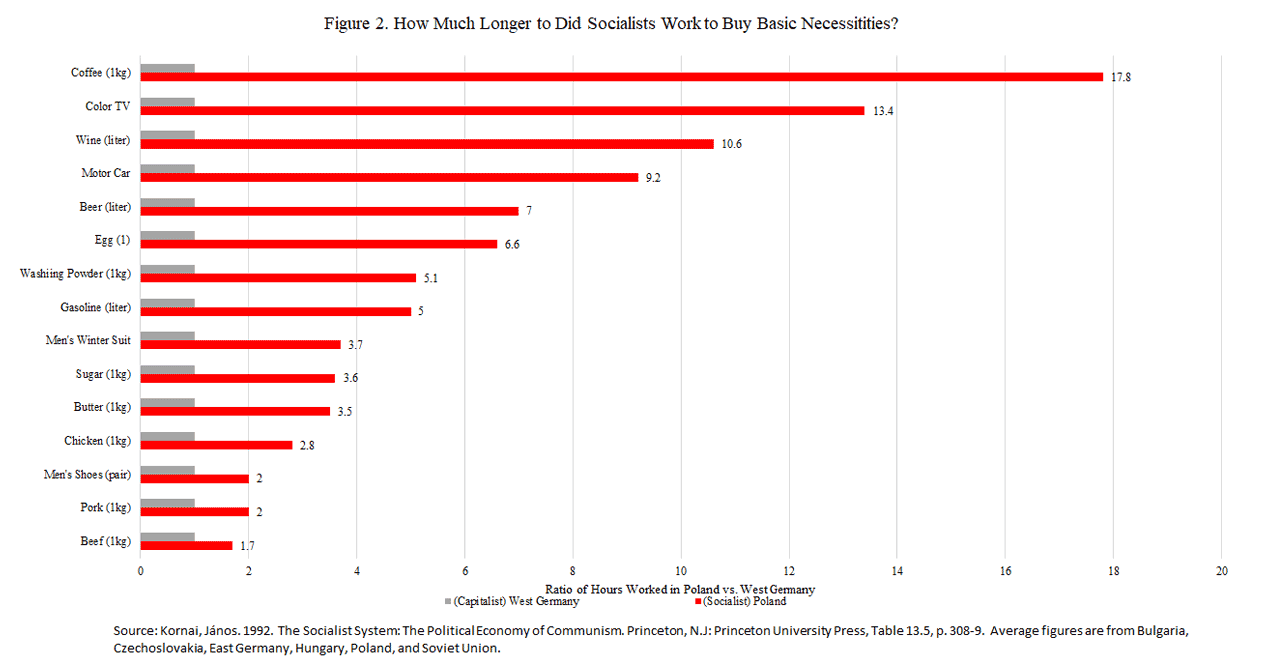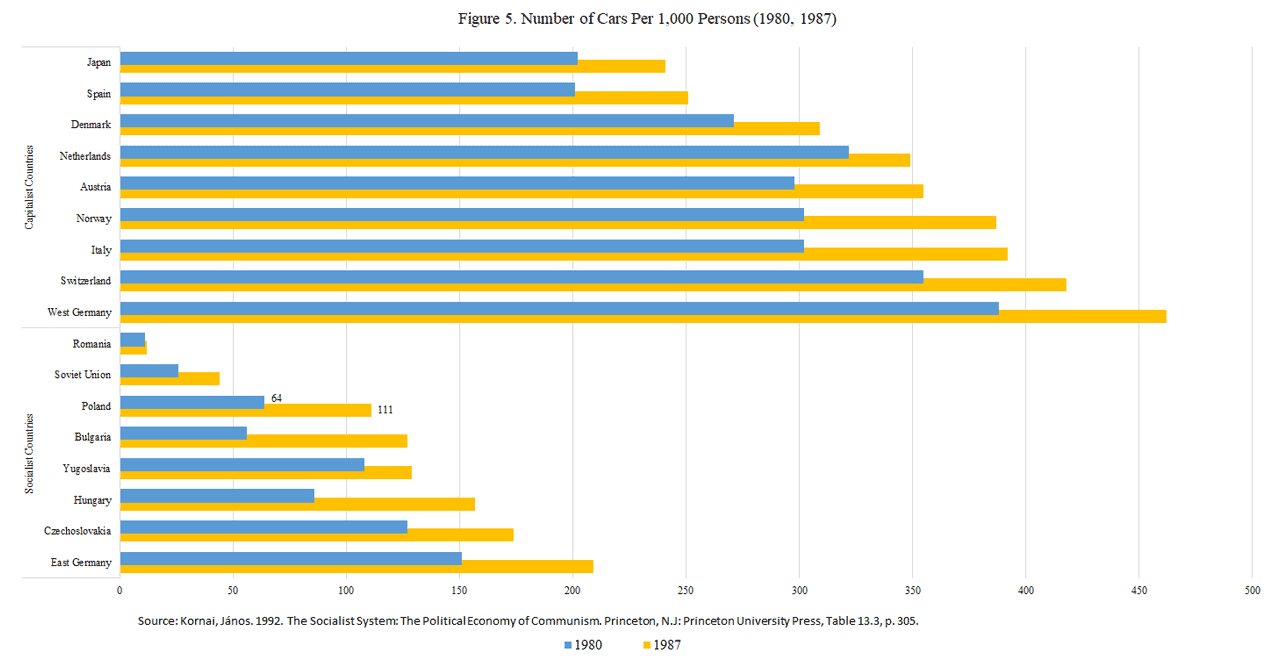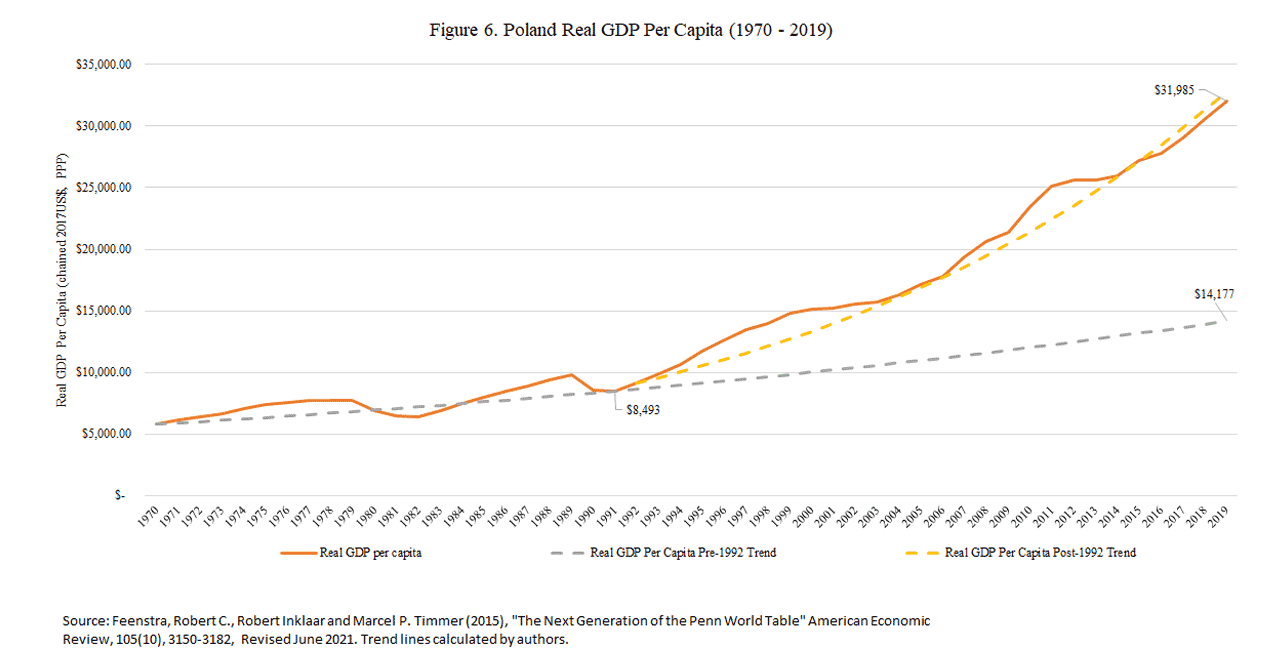Despite best-laid plans, socialism does not create abundance

The dream of socialism was alive and well long before Karl Marx and Friedrich Engels gave it new life in their writings. But in distinguishing their ideas from what they believed to be the “utopian socialism” of earlier thinkers, Marx and Engels styled their own brand of socialism as “scientific socialism.” Their version of socialism, they asserted, was informed by sound theory, not sentimental hopes.
During the 20th century, actual socialism was more than a dream. Traditional socialism—with the government owning and controlling production—was realized in some 40 countries comprising about one-third of humanity. And most of them drew their inspiration in one way or another from Marx and Engels (though typically refracted through Lenin’s reinterpretations and updates).
In my new book with Pete Boettke, a friend and former professor of mine at George Mason University, and Konstantin Zhukov, a graduate student at Mason, we dig into the historical record to see if the socialist experiment worked. We focus on the unhappy experiences of Poland.
Here, in the spirit of science, I present a key hypothesis of socialism—that it will create widespread material prosperity—and test it against the historical record. In future posts I will evaluate other hypotheses.
Hypothesis 1: Does socialism create mass abundance?
Though he worried about commodification, Marx was no anti-materialist. On the contrary, he believed socialism was ideal because it would yield unparalleled material abundance. After all, his famous promise to supply “each according to his needs” presupposes that the socialist society would be able to meet these needs. In fact, Marx and Engels confidently proclaimed that socialism would offer “such an abundance of goods” that it would be “able to satisfy the needs of all its members.” The rational scientific planning of publicly-spirited communists, they believed, would outperform the “anarchy in production” that characterized the messy unplanned capitalist economy.
It didn’t work out that way. Socialist societies were systematically poor societies.
Consider the first chart below, adapted from the book. It shows production per capita in 1985 in six socialist countries as a share of U.S. production per capita (as measured by GDP or GNP). In the most productive of these societies, Czechoslovakia, production per capita was just 60 per cent of U.S. production per capita. In Poland, it was less than 40 per cent.
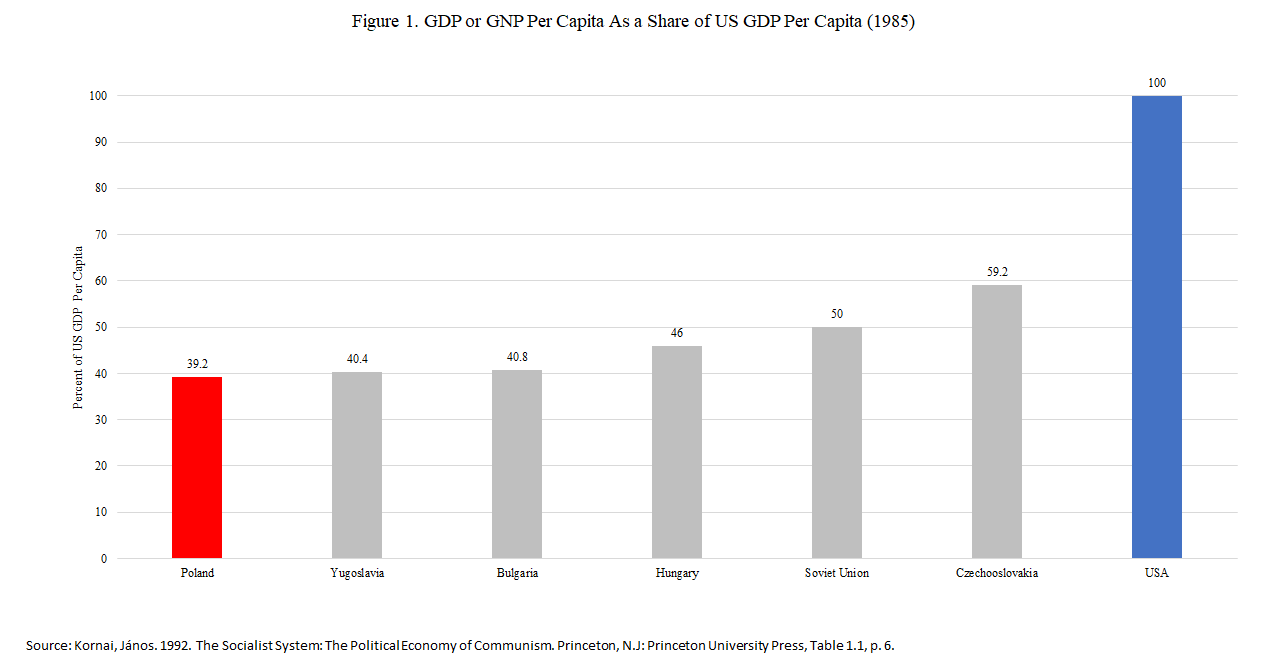
The second chart shows that the average Pole had to work nearly 18 times as long as the average (capitalist) worker in West Germany to make enough money to buy a comparable amount of coffee. Poles had to work 13 times as long as West Germans for TVs, nine times as long for cars, twice as long for beef and pork and nearly three times as long for chicken.
Instead of “an abundance of goods,” socialist economies were racked by rampant shortages. Soap, coffee, sugar, laundry detergent, cigarettes, rubber, transportation, meat, electrical appliances and even sanitary napkins were often impossible to find. As shown in the third chart below, the average Pole waited 15 to 30 years for housing. Bulgarians waited up to 20 years and Soviets up to 15.
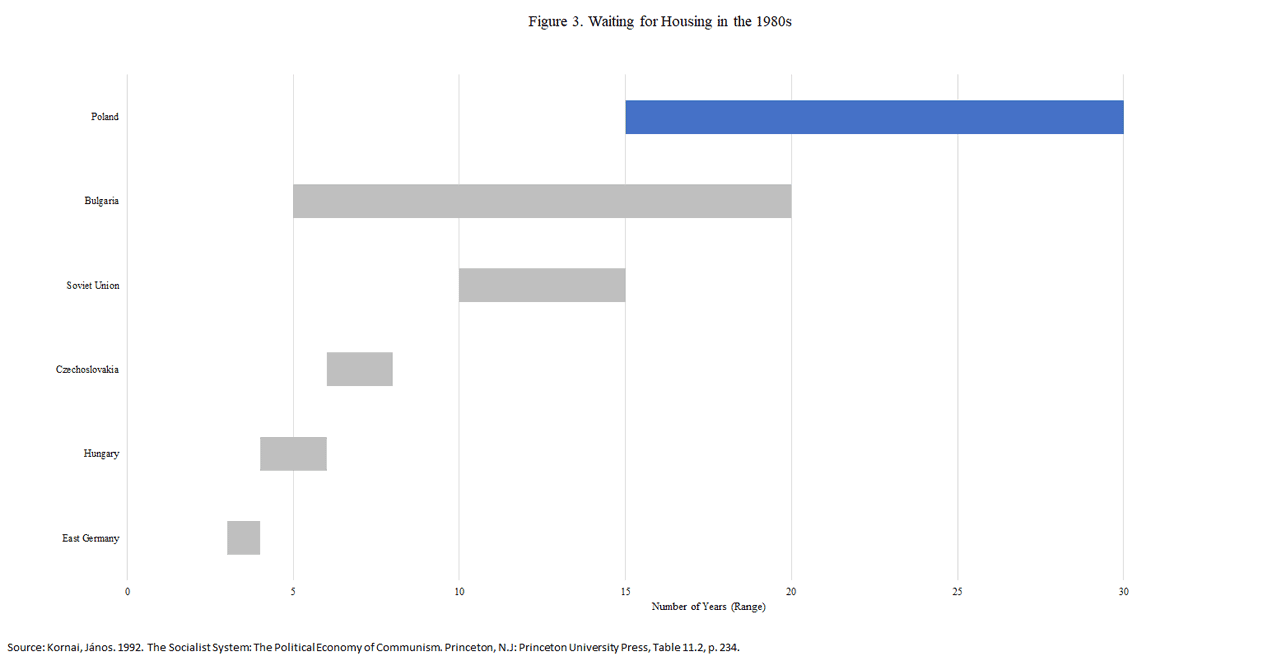
The fourth chart shows that in the early 1970s, for every 100 Poles with telephone service there were 34 waiting to be hooked up. Things got worse over time. By the early 1980s, there were 57 Poles waiting for service for every 100 subscribers.
The next chart below shows the number of cars per capita in socialist and capitalist economies. There were two to six times as many cars per person in capitalist countries compared to Poland.
And before you blame the Poles themselves or the country’s climate or unique culture, consider the final chart below. Once they were freed from the yoke of socialism in the early 1990s, Poles proved they could be extraordinarily productive. Here is how we characterize it in the book:
From 1970 through 1991, real GDP per capita grew at about 1.8 percent per year. At this rate, it would take 38 years to double. However, from 1991 onward, real GDP per capita grew more than twice as fast, at an average annual rate of 4.7 percent per year. At this rate, GDP per capita doubles every 14.8 years. To help illustrate the dramatic change in pre- and post-reform growth rates, the figure also traces the pre-1991 trend line beyond 1991. If growth had continued at the pre-1991 rate, then in 2019 real GDP per capita would have been just $14,177. Instead, the actual GDP per capita that year was, as noted, nearly $32,000—more than 2.3 times higher than it would have been had growth continued at its sluggish, pre-reform pace.
The full-length version of the book is available here. In future posts, I will evaluate other key socialist hypotheses including claims that socialism will eliminate class distinctions, make us better people, and end the exploitation of labour and land.
Author:
Subscribe to the Fraser Institute
Get the latest news from the Fraser Institute on the latest research studies, news and events.


